Affiliate links on Android Authority may earn us a commission. Learn more.
Why carrier exclusives are (still) a thing
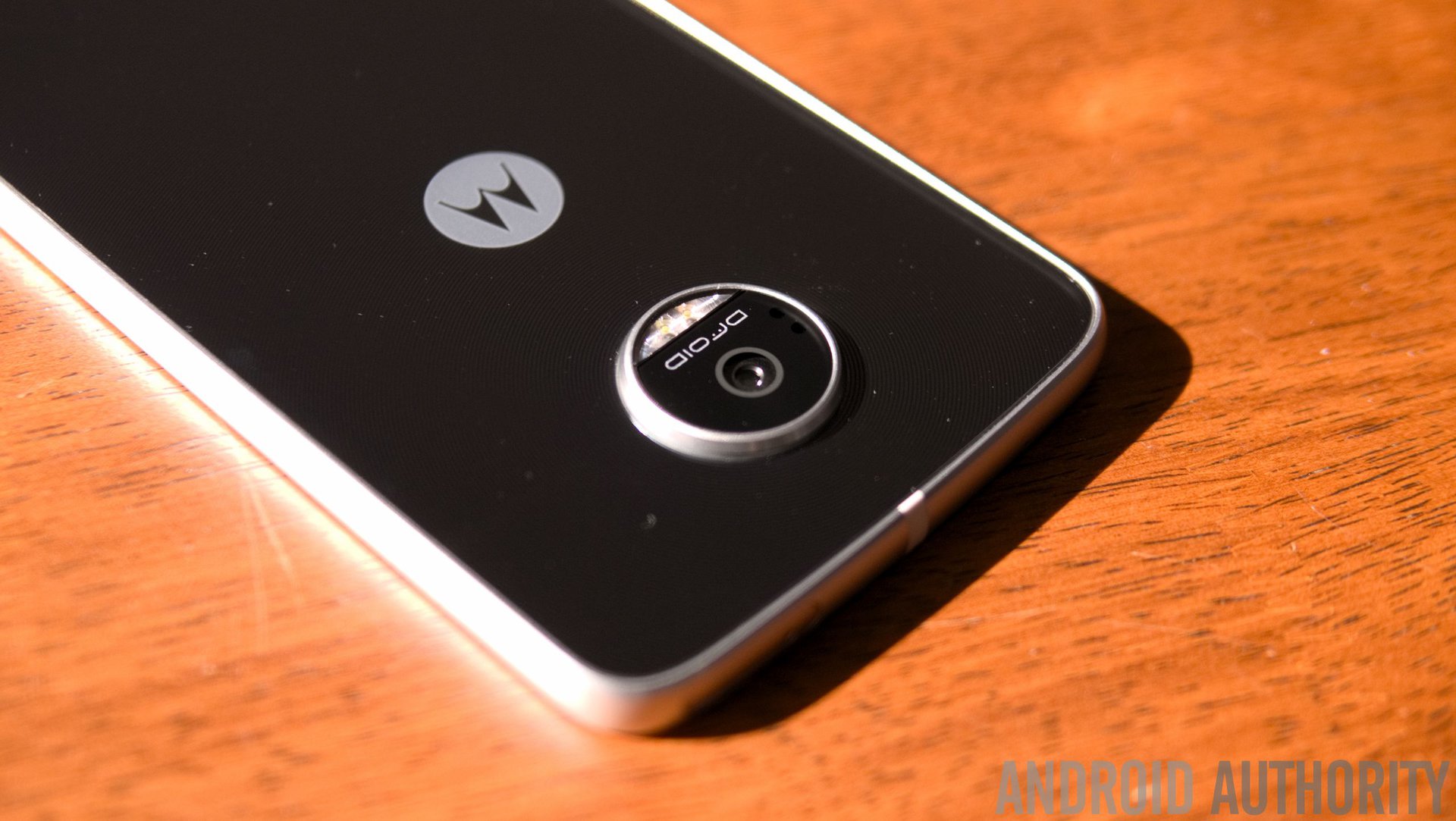
I have read hundreds of comments on my videos and those of others, of people declaring that carrier exclusives are dumb and that phones that are exclusive to a carrier are doomed to fail. This is a myth, and I would like to debunk it.
Let’s talk about carrier exclusives.
A time-honored tradition
What company would willingly reduce the number of its sales channels in order to improve sales figures? This logic seems counterintuitive, and yet we see companies choosing to do so all the time. If you need a reminder of a few famous exclusives, then here you go:
- The iPhone was exclusive in the US to AT&T for its first three years.
- The first Android phone to be sold commercially, called the HTCDream was, best known in the US as the T-Mobile G1, because it launched exclusively on T-Mobile USA.
- Nokia barely had any phones in the US that weren’t exclusives to one network or another.
- The first phone that Google calls its own, the Pixel, is an exclusive to Verizon in the US, at least when it comes to sales through carriers.
- Verizon also has a whole line of exclusive devices called Droid, currently manufactured by Motorola, but also HTCand Samsung in the past.
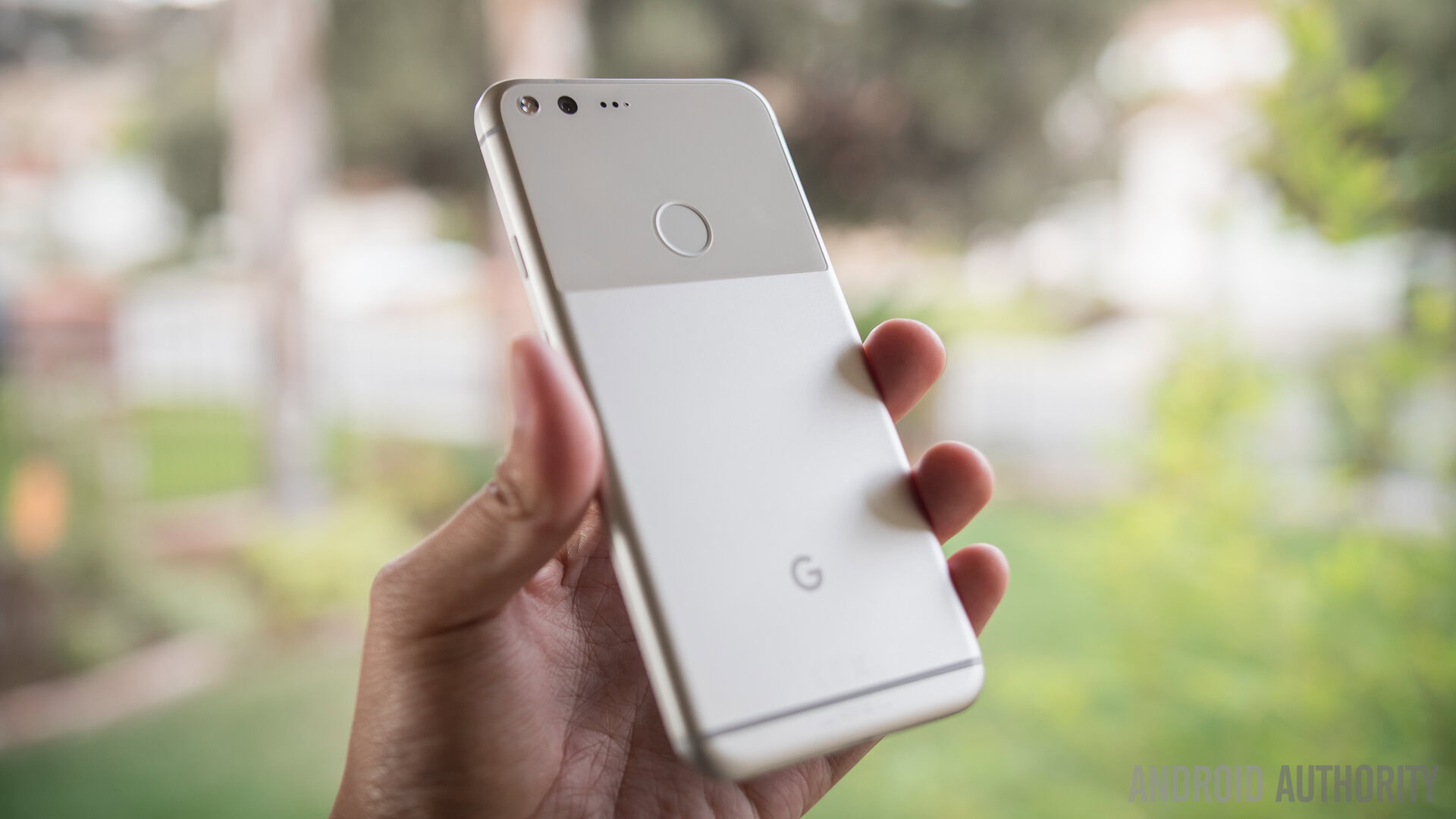
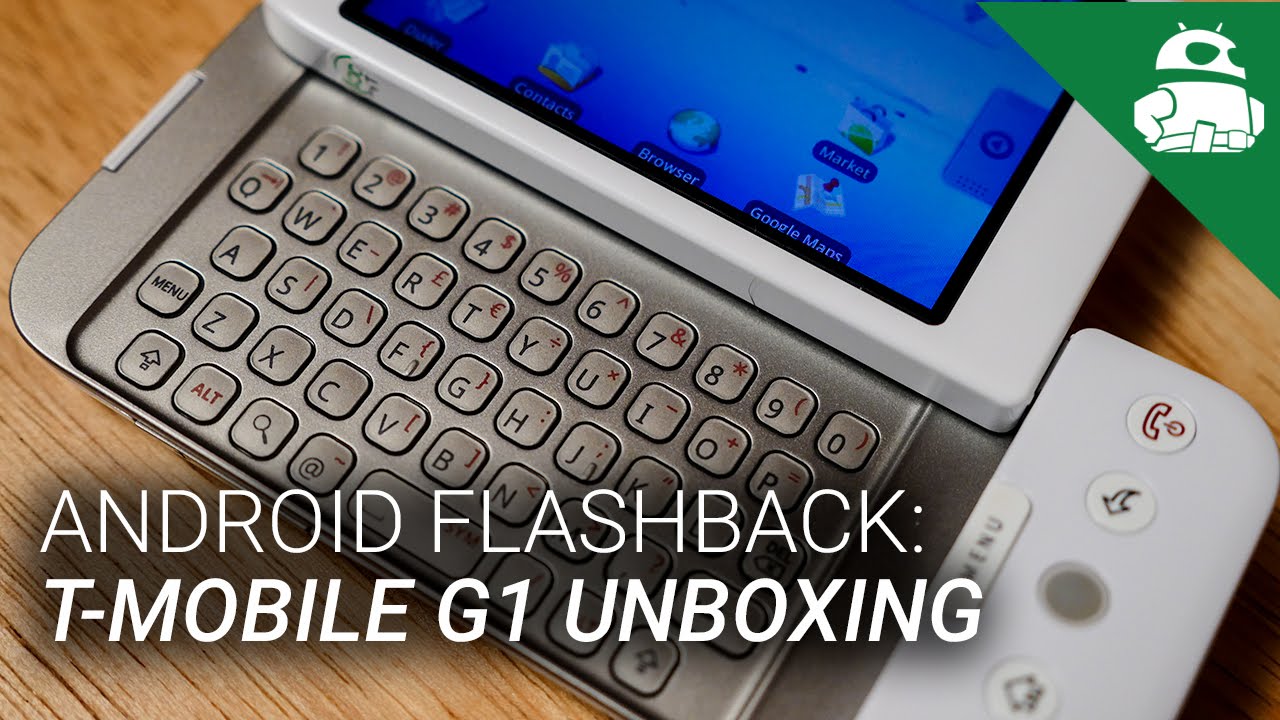
With a lineup this impressive, carrier exclusives surely can’t be a universally bad idea. But what exactly is the value that exclusivity brings to these companies?
The benefits for carriers are rather straightforward. Generally speaking, carriers can differentiate themselves from their competitors in three main ways.
They can build a better network, which costs tons of money. They can charge less for their services than their competitors, which, again, costs a ton of money. Alternatively, they could just be the only company that sells the phone you really want to buy, which would cost a lot less money. It’s no wonder then that carriers love exclusives. A really good exclusive is a really good reason for someone to switch from one carrier to another. Verizon themselves even say this on their Droid pages: “Droid on Verizon. There’s never been a better time to switch.” This part seems to make sense.
But why would a smartphone maker want the deal? To understand their logic, we have to look at when and where carrier exclusives actually happen, starting with the “where.”
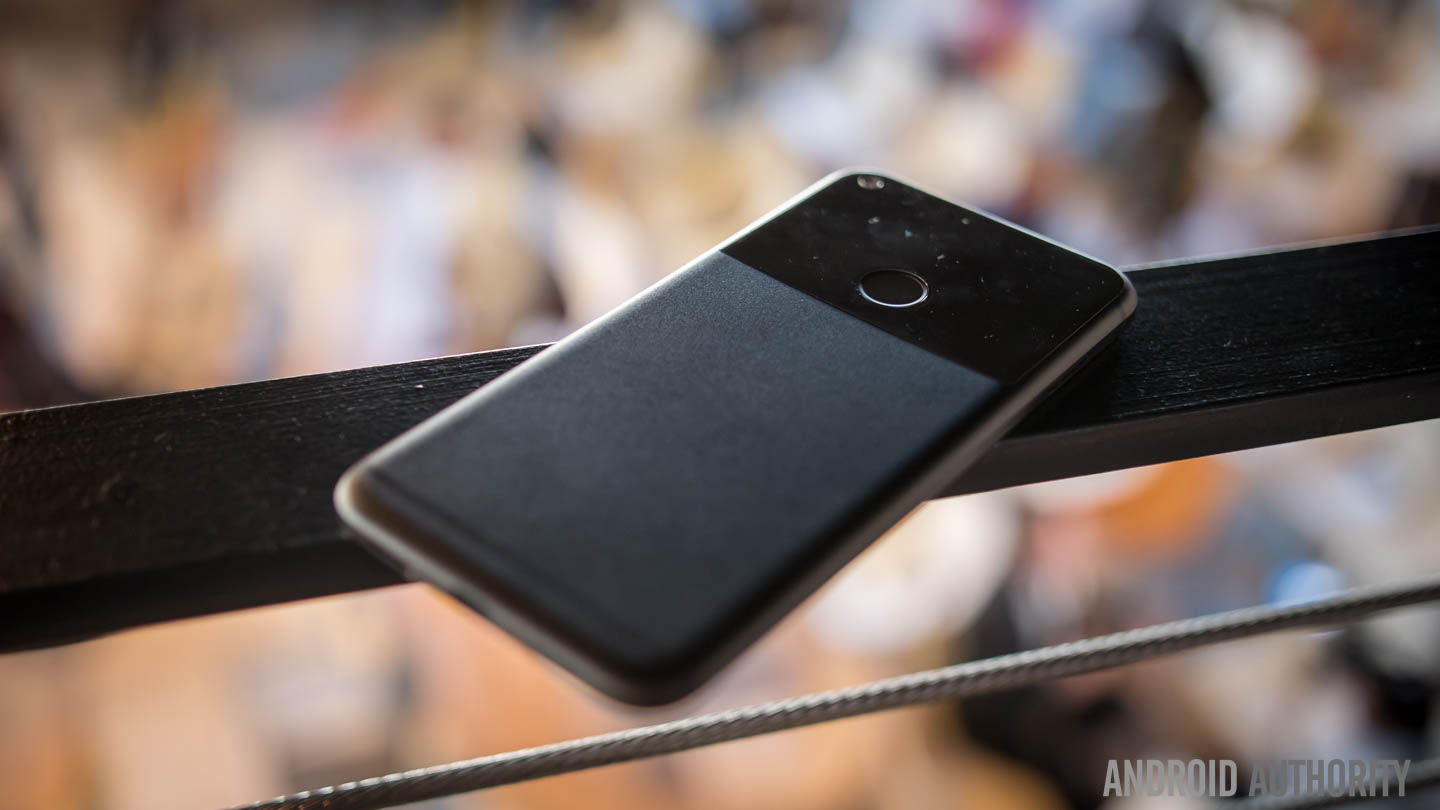
A tale of two markets
Smartphone makers often categorize countries as either carrier markets or non-carrier markets. This refers to the primary way consumers in those countries buy phones. Usually, countries that have had advanced carrier networks for long periods of time tend to be carrier markets; these include most of Europe and North America, Japan, South Korea, Australia, Taiwan, Singapore, and so on. In these countries, it is not uncommon to see more than 90% of the total smartphone sales going through carriers, often subsidized.
Non-carrier markets cover most of the rest of the world, including countries such as India and China. People in these markets tend to buy phones unsubsidized, either straight from the manufacturer or through some retailer.
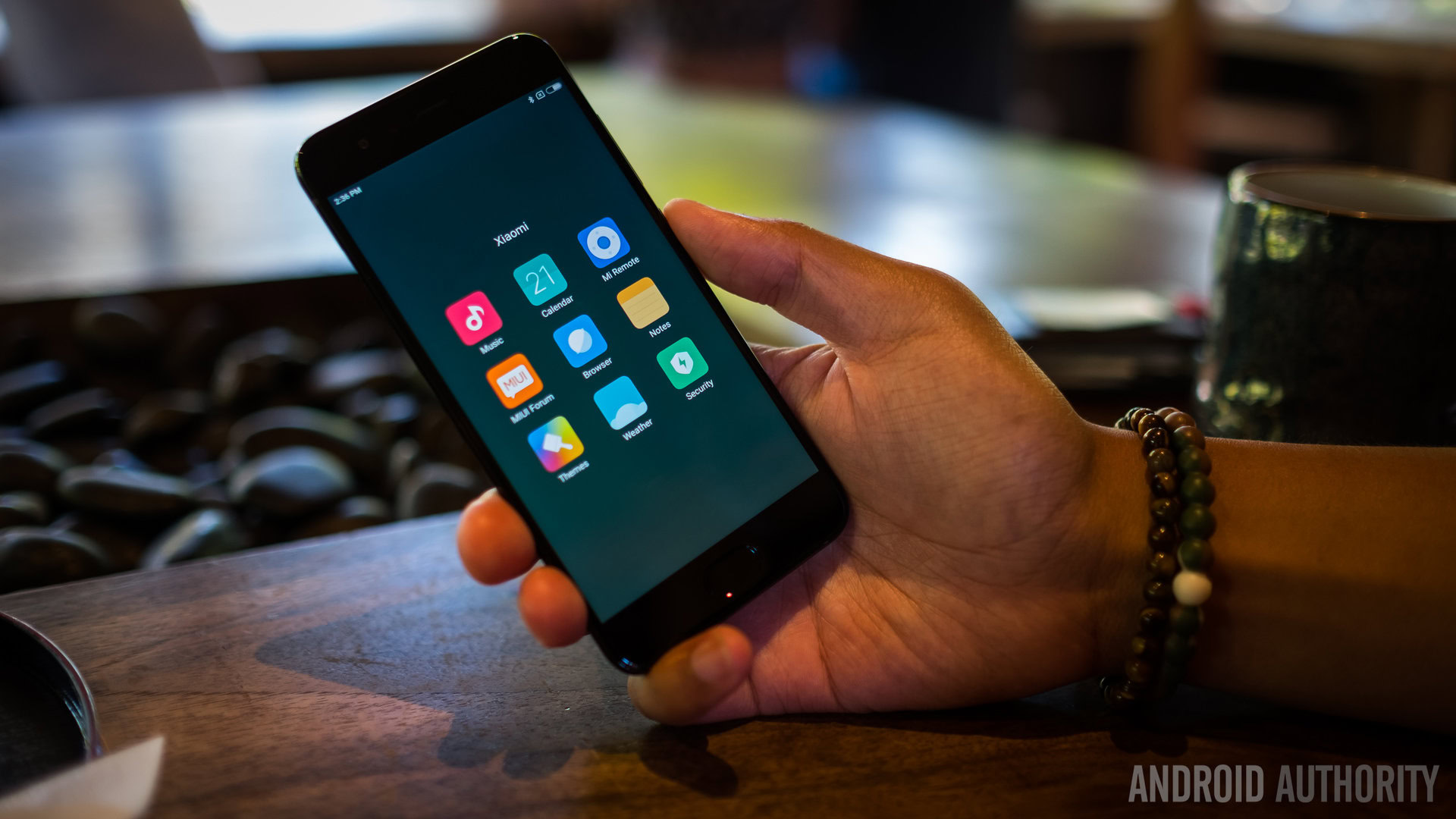
Smartphone makers often categorize countries as either carrier markets or non-carrier markets.
Depending on which category a country falls into, smartphone makers who want to sell their phones have to use very different tactics.
Non-carrier markets have two unique characteristics: First, users have a strong preference for low prices, since they have to pay the full price of a phone upfront. This is one of the many reasons why aggressively-priced phones like those from Xiaomi tend to do very well in non-carrier markets. Second, retailers and other sales channels don’t have a lot of bargaining power, because their so-called “concentration ratio” is relatively low. This means that there are many different retailers selling smartphones, but none of them controls a huge chunk of the market. For phone makers, it wouldn’t usually make sense to offer any one retailer exclusivity, as their reach would be very limited.
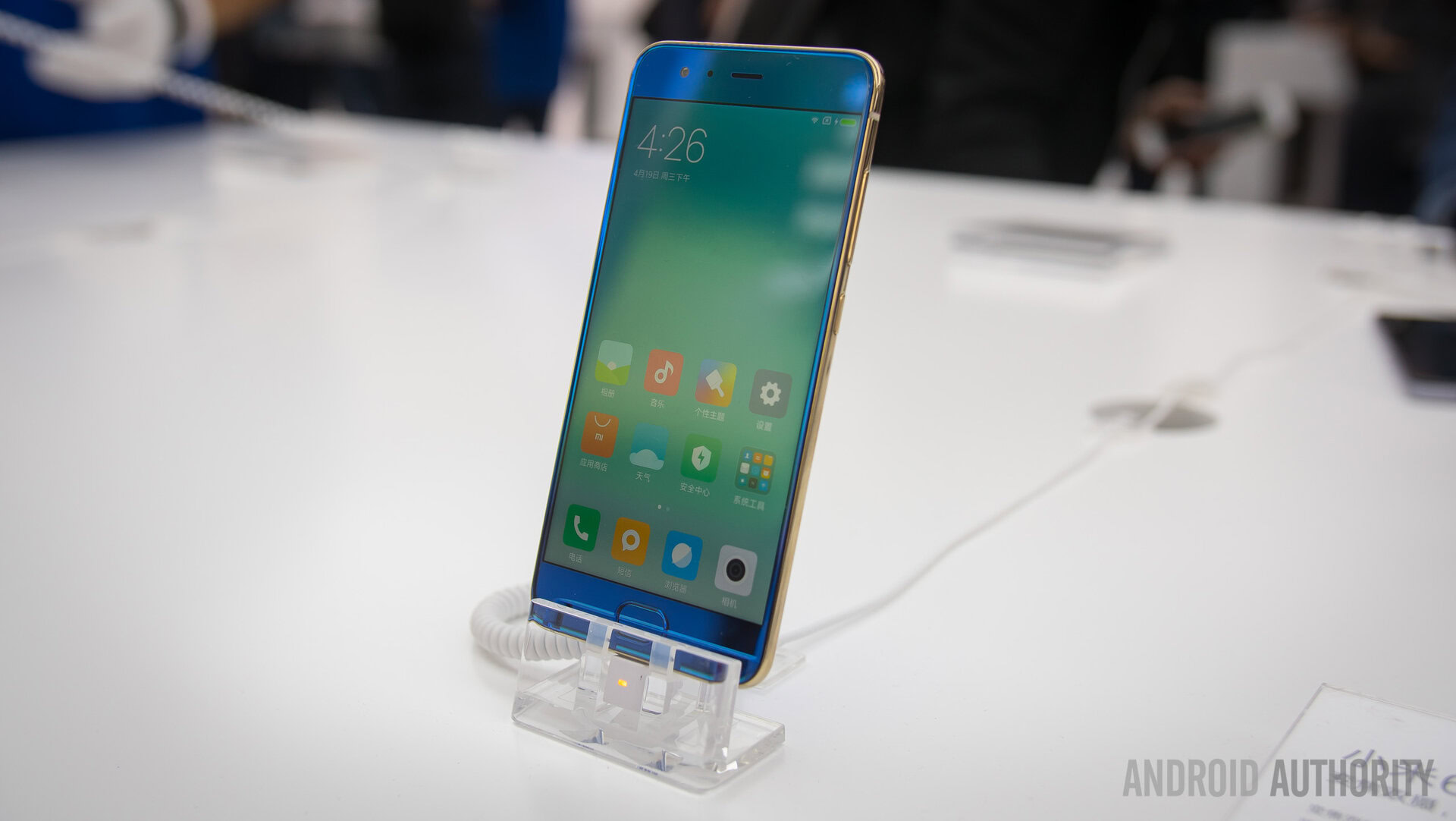
Carriers have a lot of bargaining power. Their support can make or break a phone
In carrier markets, consumers are less price-sensitive thanks to heavy subsidies from carriers, and the concentration ratio of carriers is very high, since most countries only have two to five major carriers (excluding virtual ones, often referred to as MVNOs). This means that carriers have a lot of bargaining power, and their support can make or break a phone. They can help phone makers in four main ways:
First, they can simply stock a phone in their gigantic nation-wide networks of stores.
Second, they can prioritize a device in their stores over those of others, with better placement and using their in-store sales agents to promote it over others.
Third, they can choose to give a device better subsidies than others, making it more affordable to consumers without impacting the manufacturer’s own margins.
Fourth, in some cases, they can even launch their own marketing campaigns for a device without requiring the manufacturer to pay for them.
Keeping the carrier happy
Major carriers can take over basically all of the sales and marketing responsibilities that are required for a phone to do well in a market. It’s no wonder then that manufacturers are very eager to get carriers to prioritize their phones over those of competitors, and given that they are all fighting for the same limited shelf space and advertising budget, they sometimes go to extreme lengths to ingratiate themselves with carriers.
Offering a hot new device as an exclusive to a network is just one of those tactics, but building a special version of a phone for the carrier or preloading phones with carrier bloatware aren’t unheard of either.
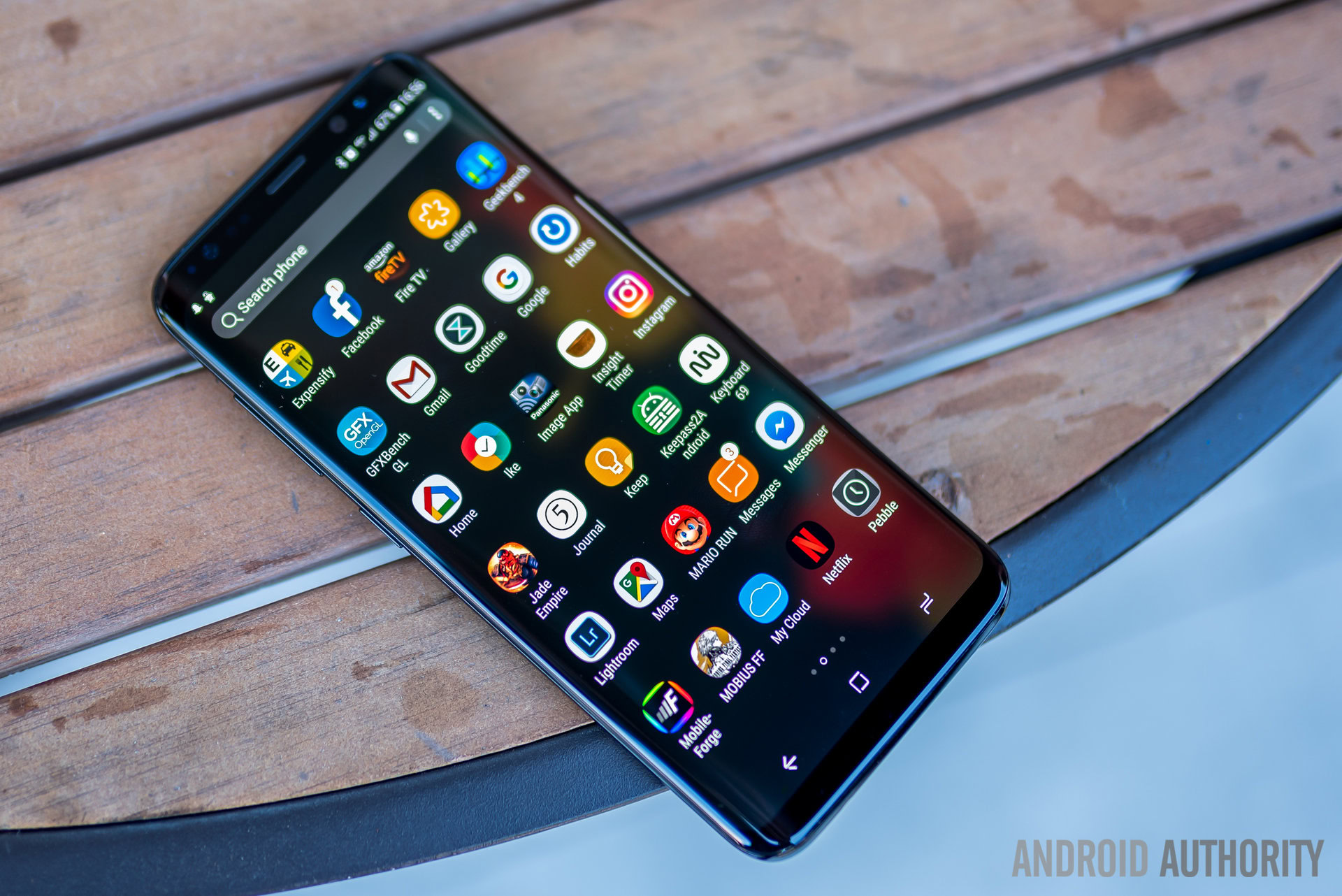
None of these tactics is designed to benefit the customer or the smartphone maker itself. They are just necessary evils a manufacturer is willing to tolerate for keeping a carrier happy.
They are just necessary evils a manufacturer is willing to tolerate for keeping a carrier happy.
How much a manufacturer is willing to sell its soul to the devil depends on how much leverage they think they have. Apple and Samsung don’t need exclusives. They have their own massive budgets for making sure that no human being on the face of the earth can escape their ads. Their devices are already so sought-after that they can just force their own terms on carriers, who will most likely sell and promote their devices anyway.
Companies like Google, however, have just started making and selling phones, and they still lack the know-how, the channels, and the customer mindshare to jump into a market this competitive alone. The same goes for smaller companies like Lenovo-owned Motorola, that simply lack the critical mass to break away from needing carriers to do much of the heavy lifting.
The less established a smartphone maker is, the more likely it is willing to trade its independence for the support of a strong partner, even if that means drastically limiting the availability of its phones. For companies like Google and Motorola, that tradeoff seems to make sense, and it might very well lead to increased sales.
Of course, there are exceptions to the rule. Samsung, the largest and richest Android phone maker, probably doesn’t need to create carrier exclusives, yet every year they release an Active version of the Galaxy S specifically for AT&T. Is it just a sweet deal, financially? We don’t know. In any case, it’s a far cry from the days of the original Galaxy S, when every major US carrier had its own, slightly different Galaxy S variant and each one had a different name.
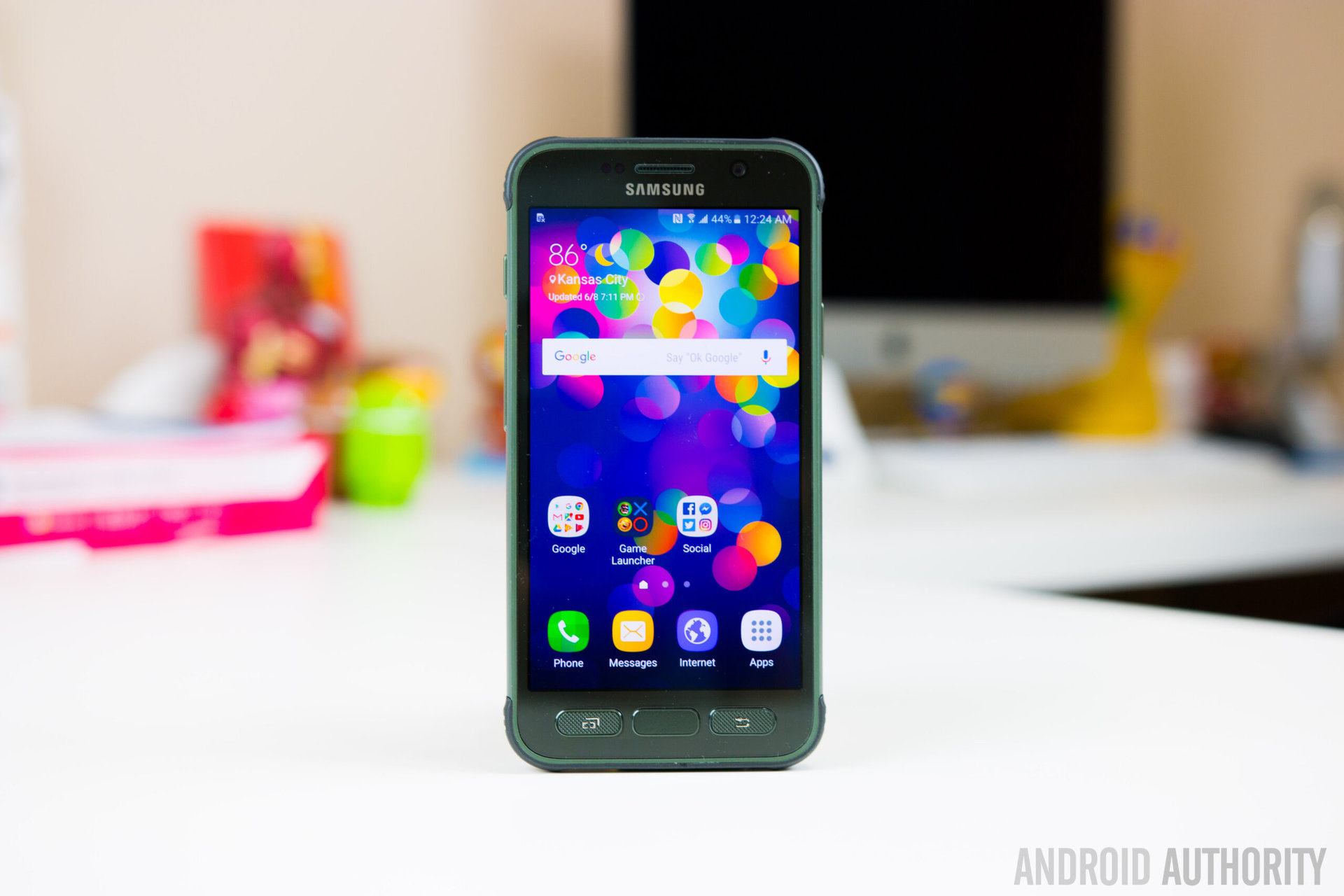
Decline, but no demise
These exclusive deals have been around for decades in some markets, but we have recently seen a slow shift away from them. Consumers are becoming increasingly better educated with regards to smartphones (i.e. relying on online research instead of just recommendations from a sales person in a carrier store). And upstart companies, especially from China, are making unlocked devices and direct sales channels increasingly popular. Once unchallenged, the dominance of carriers is on a slow, but steady decline.
Once unchallenged, the dominance of carriers is on a slow, but steady decline.
While even a few years ago a new smartphone maker would have just gone through a carrier by default, we have recently seen companies like OnePlus carve out small, but not insignificant niches in some of the fiercest carrier markets, all by themselves. Still, reaching beyond a relatively small niche doesn’t yet seem possible, as OnePlus themselves have proven by starting to sign their own carrier deals in countries like Finland and Denmark.
Until large amounts of people are willing to do their research and then give up on the subsidies from their carriers, exclusive deals aren’t likely to disappear.
This article is the latest episode of The Story Behind series. In the series, Marton, a guest author at Android Authority, uncovers the unexpected and unexplored trends shaping the technology industry, discussing topics at the verge of consumer technology and the businesses shaping it. Other episodes of the series can be found on Marton’s YouTube channel, TechAltar.